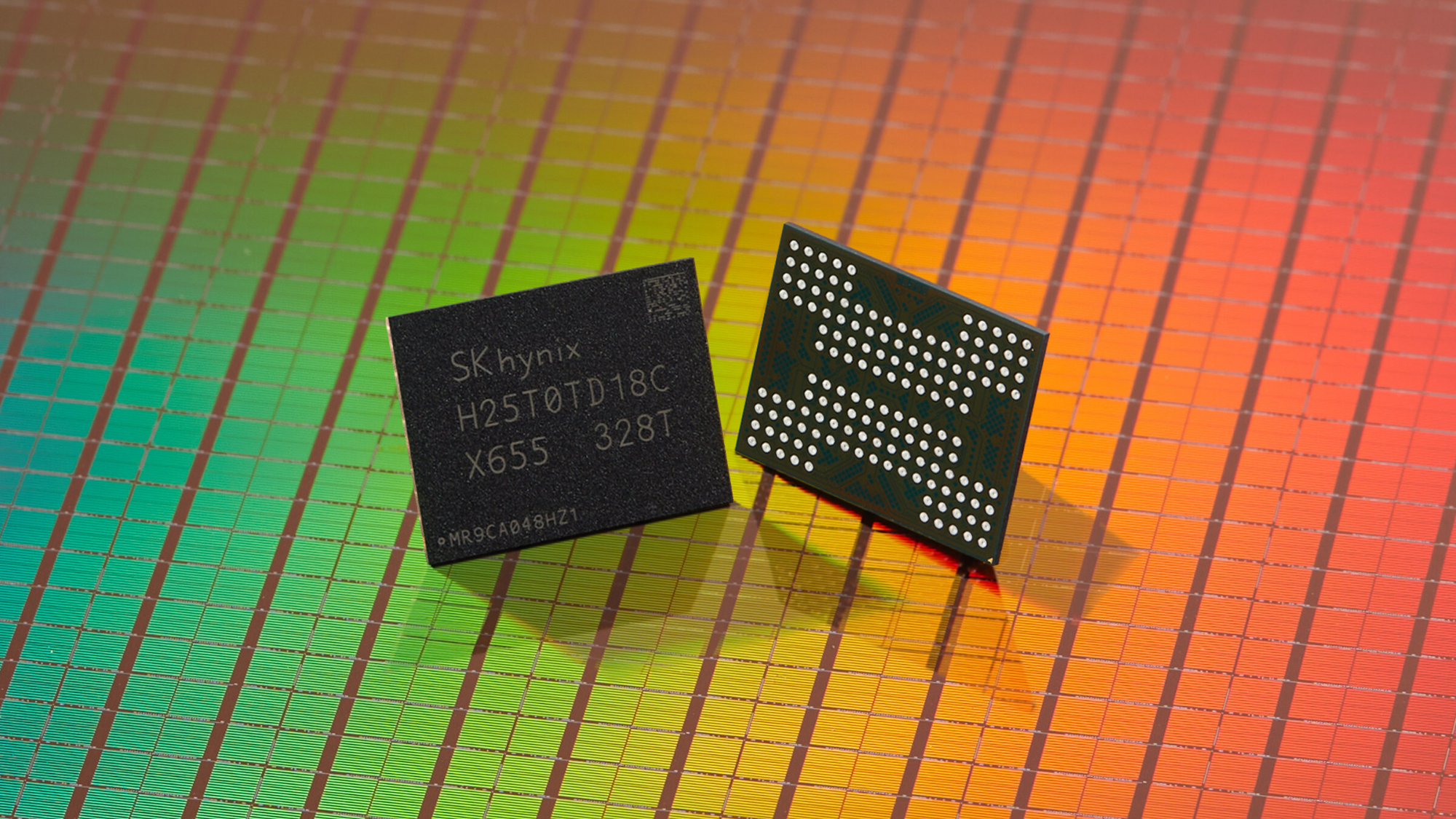
- SK Hynix sees high-bandwidth memory demand growing 30% annually through 2030
- US tariffs may not affect South Korean chipmakers thanks to major American investments
- HBM technology stacks chips vertically for greater efficiency and reduced energy consumption
SK Hynix is forecasting rapid expansion in the AI memory segment, estimating a 30% annual growth rate for high-bandwidth memory (HBM) until 2030.
The company’s projection comes amid uncertainty surrounding potential US tariffs of about 100% on semiconductor chips from nations without American manufacturing operations.
While US President Donald Trump said the tariff plan would target “all chips and semiconductors coming into the United States,” South Korean officials indicated both SK Hynix and Samsung Electronics would not be subject to the measures, due to their ongoing and planned US investments.
Market outlook and strategic direction
Choi Joon-yong, head of HBM business planning at SK Hynix, said, “AI demand from the end user is pretty much, very firm and strong… Each customer has different taste.”
“We are confident to provide, to make the right competitive product to the customers,” he added.
He also suggested capital spending from major cloud service providers such as Amazon, Microsoft, and Google could be revised upward.
Choi believes that the correlation between AI infrastructure expansion and HBM demand is direct, although factors such as energy availability were taken into account in the forecasts.
Speaking to Reuters, the company anticipates that the custom HBM sector will reach tens of billions of dollars by 2030, driven by the performance requirements of advanced AI applications.
This specialized DRAM technology, first introduced in 2013, stacks chips vertically to reduce power consumption and physical footprint while improving data-processing efficiency.
SK Hynix and competitors, including Samsung and Micron Technology, are developing HBM4 products that integrate a “base die” for memory management, making it harder to substitute rival products.
Currently, larger clients like Nvidia receive highly customized solutions, while smaller customers often rely on standardized designs.
The company’s position as Nvidia’s primary HBM supplier underlines its influence in the AI hardware space.
However, Samsung recently cautioned that near-term HBM3E production could exceed market demand growth, potentially pressuring prices.
Despite the ongoing tariff discussions, SK Hynix’s market confidence remains steady.
The company is investing in US manufacturing capacity, including an advanced chip packaging plant and an AI research facility in Indiana, which could help safeguard against trade disruptions.
South Korea’s chip exports to the US were valued at $10.7 billion last year, with HBM shipments to Taiwan for packaging increasing sharply in 2024.
While SK Hynix’s optimism reflects the expected rise in AI infrastructure spending, market analysts point to the cyclical nature of the semiconductor industry, where oversupply and pricing pressures are recurring challenges.
The company’s ability to deliver competitive products in a market increasingly shaped by customization could determine its resilience.
